Panasonic Pro Power D
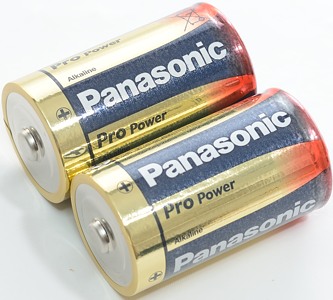
Official specifications (I could not find any realspecifications):
- Up to 80% longer lasting
- Panasonic’s Pro Power battery offers premium energy for your personal appliances.
- Developed to provide reliable and dependable power, any place any time.
- The improved capacity of the new Panasonic Pro Power battery has up to 80% extra performance compared to last years Alkaline ranges.
- Premium alkaline range: developed to provide reliable and dependable power, any place any time.
- Ideal for high and medium drain appliances.

This is the largest size of the normal primary batteries and like all alkaline batteries the capacity is very load depend.
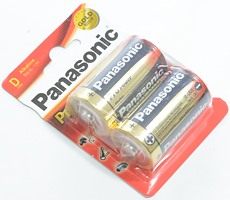
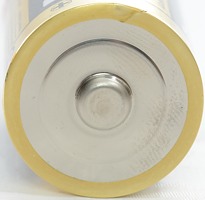
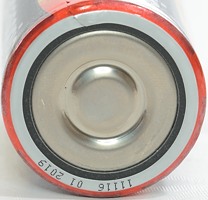
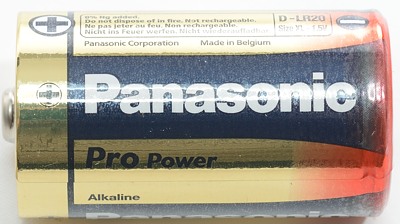
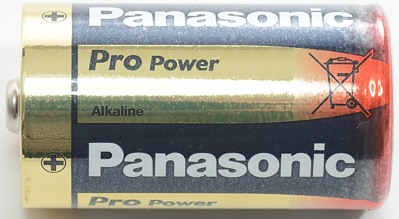
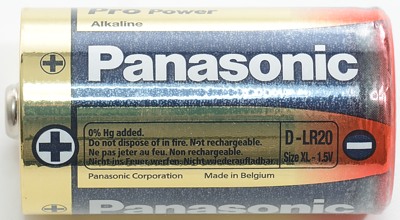
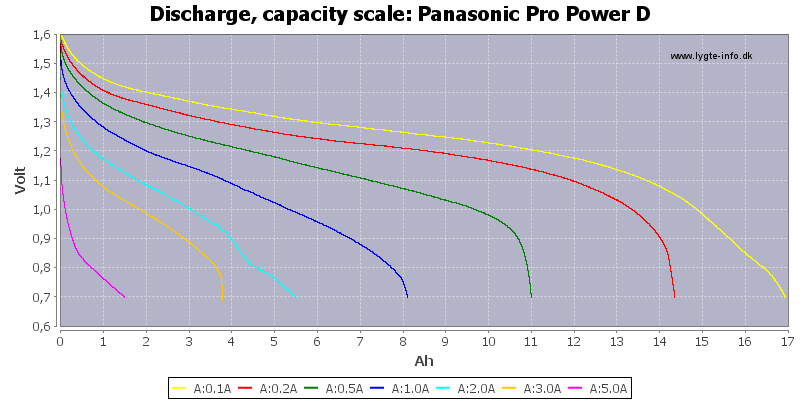
The capacity is not only depend on load, but also depend on the minimum voltage that is needed.
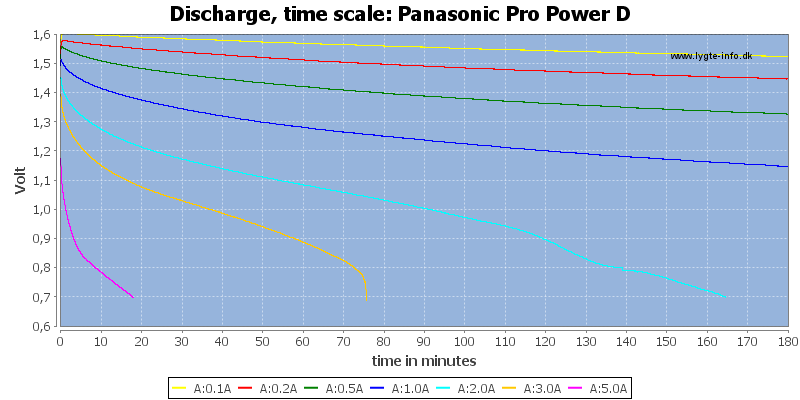
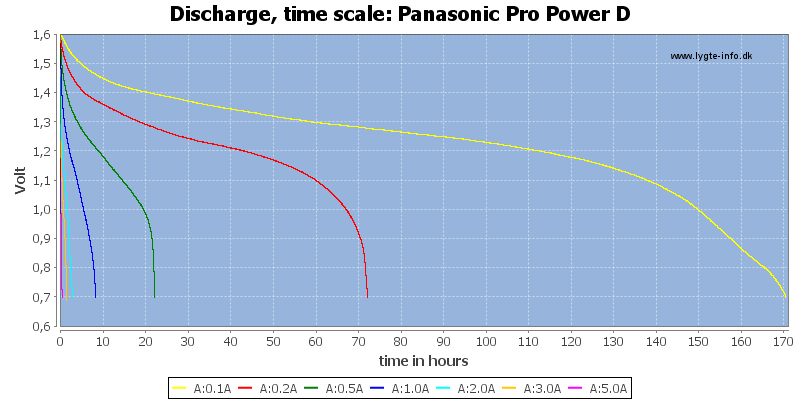
The 0.1A trace did take about 7 days to do, but it did give more energy than a 3 days discharge.
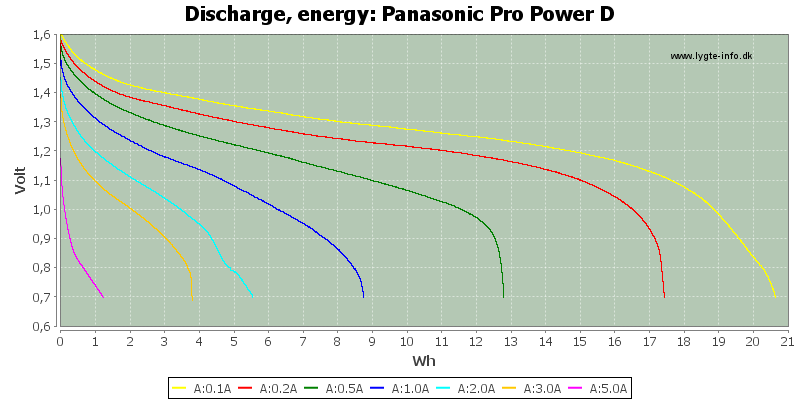
Conclusion
These batteries works best at low loads, but you can get about half the energy out of them at 1A load.
I do prefer NiMH or LiIon batteries, they can deliver considerable more power without loosing half the energy.
Notes and links
How is the test done and how to read the charts